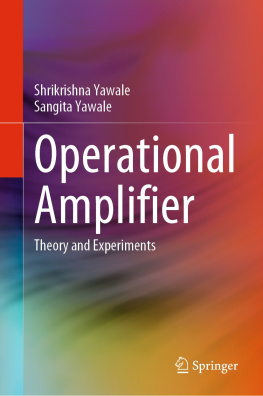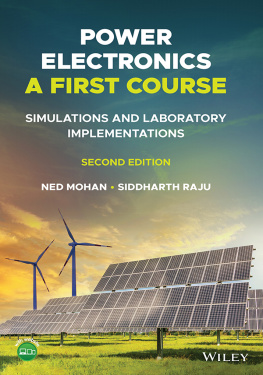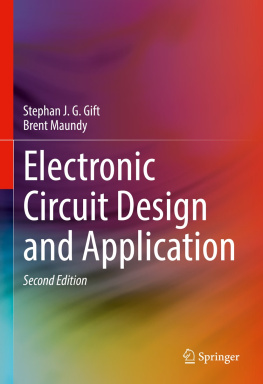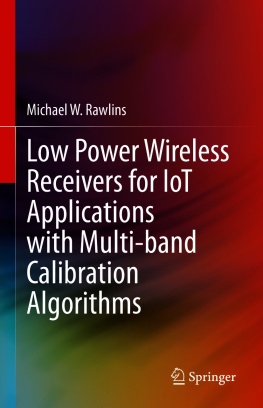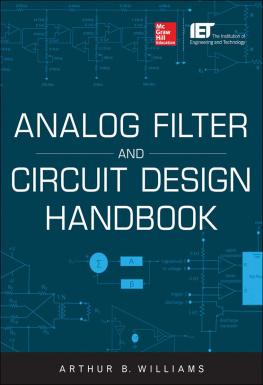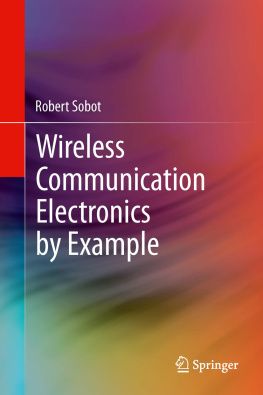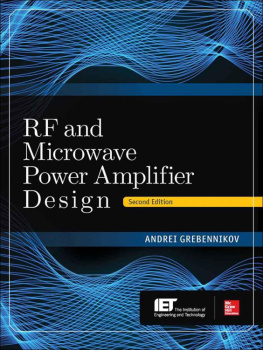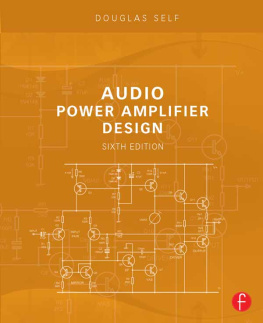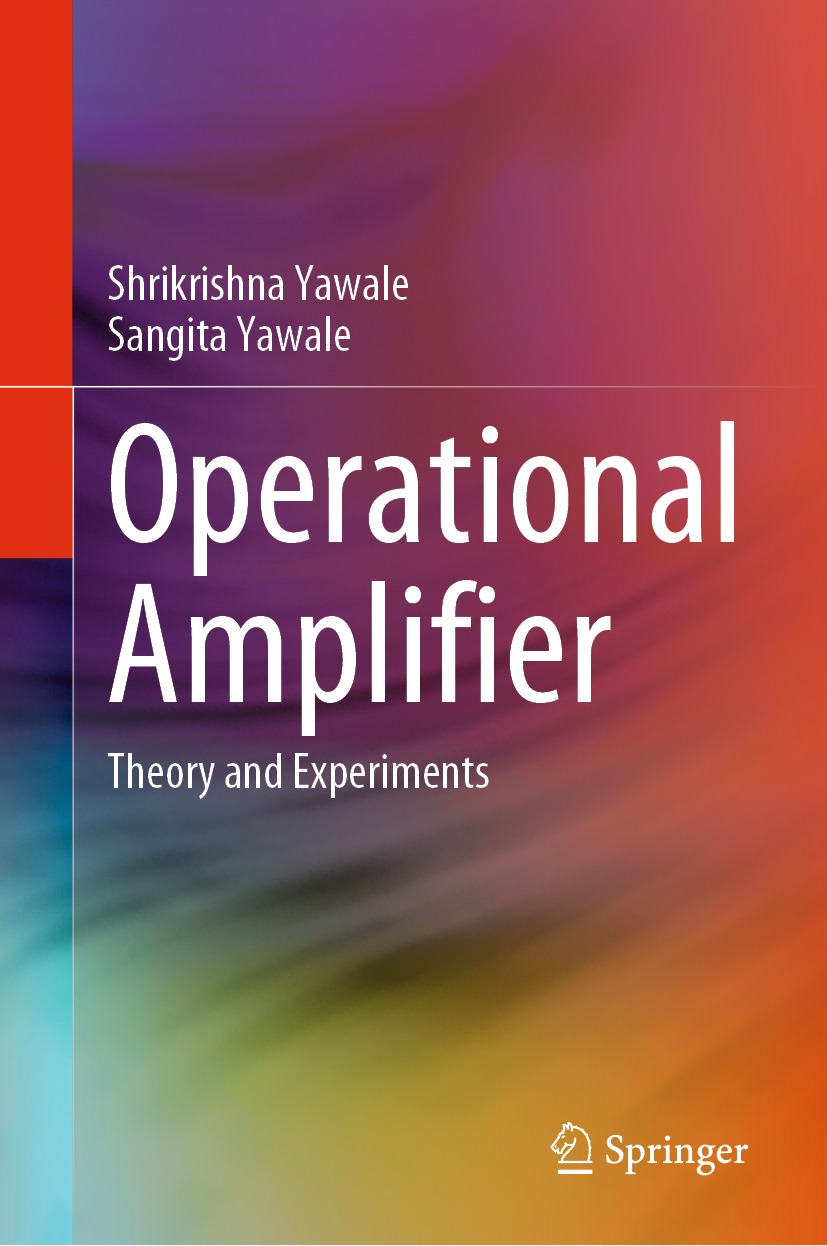Shrikrishna Yawale
Department of Physics and Electronics, Government Vidarbha Institute of Science and Humanities, Amravati, Maharashtra, India
Sangita Yawale
Pre Indian Administrative Services Coaching Centre, Amravati, Maharashtra, India
ISBN 978-981-16-4184-8 e-ISBN 978-981-16-4185-5
https://doi.org/10.1007/978-981-16-4185-5
The Editor(s) (if applicable) and The Author(s), under exclusive license to Springer Nature Singapore Pte Ltd. 2022
This work is subject to copyright. All rights are solely and exclusively licensed by the Publisher, whether the whole or part of the material is concerned, specifically the rights of translation, reprinting, reuse of illustrations, recitation, broadcasting, reproduction on microfilms or in any other physical way, and transmission or information storage and retrieval, electronic adaptation, computer software, or by similar or dissimilar methodology now known or hereafter developed.
The use of general descriptive names, registered names, trademarks, service marks, etc. in this publication does not imply, even in the absence of a specific statement, that such names are exempt from the relevant protective laws and regulations and therefore free for general use.
The publisher, the authors and the editors are safe to assume that the advice and information in this book are believed to be true and accurate at the date of publication. Neither the publisher nor the authors or the editors give a warranty, expressed or implied, with respect to the material contained herein or for any errors or omissions that may have been made. The publisher remains neutral with regard to jurisdictional claims in published maps and institutional affiliations.
This Springer imprint is published by the registered company Springer Nature Singapore Pte Ltd.
The registered company address is: 152 Beach Road, #21-01/04 Gateway East, Singapore 189721, Singapore
Preface
Operational amplifier is the most widely used device in various electronics instruments. It is the building block of many analog circuits. Its versatility is proved by the important excellent characteristics and properties of the device. Being an important part of the instrumentation system, it has special weightage in design and fabrication of devices/circuits. Hence many electronics engineers prefer IC operational amplifier in electronic design. Therefore separate course is tailored in engineering and science curriculum. The first edition of this book is not rigour, but attempt is made to be systematic in approach. Authors feel that this book must meet the needs of students acquiring knowledge of operational amplifier. This book is more student-centric than rigorous treatments. This book Operational Amplifier: Theory and Experiments comprises two sections.
First section includes the basics of operational amplifier (Op-Amp) and its applications. Chapters are devoted to the basic concepts. Various differential amplifiers, its classification, feedback in amplifier, parameters of operational amplifier, linear and nonlinear circuits, etc., are described in this book.
Chapter includes the theory of differential amplifier, classification, AC/DC analysis, constant current sources, DC level shifter and output stage. Block diagram of operational amplifier is described. The single-stage architecture operational amplifier and its design are discussed in this chapter. The aim of this chapter is to provide the students with an overview of the basics of the operational amplifier and its design. The fundamental concept of differential amplifier is discussed to get the students and users well versed with the operational amplifier. The importance of electrical characteristics of Op-Amp is discussed in this chapter. Electronics engineers are always thinking about the compactness of the devices. Thus very large-scale integration (VLSI) design has the prime importance today. Operational amplifier is one of them having diversity of applications. It is a versatile device useful in many applications. This book is especially written for the students of electronics engineering and science which offers electronics specialization. The operational amplifier and applications is a concise and precise book in which the concept of operational amplifier is reviewed, since operational amplifier is a multitasking device used in many medical instruments for application of very low intensity signals obtaining prominent place in electronic instruments such as ECG, EEG, etc. This book comprises two sections, which covers almost all aspects of the operational amplifier.
The concept of feedback in amplifiers is equally important. Without feedback design, amplifier is worthless. So as to get better understanding of both types of feedbacks, positive and negative, the theory of feedback in amplifier is discussed in Chap.. Introduction, types of negative feedback, non-inverting amplifier, i.e. voltage series feedback and effect of feedback on various important properties, viz. closed loop voltage gain, input impedance, output impedance, frequency response, etc., are reported. The voltage follower circuit is also discussed. Similarly the concept of voltage shunt feedback in amplifier, i.e. inverting amplifier and its effect, on the above-discussed properties is reported in this chapter.
Chapter . To get acquainted with the design of active filters and the applicability in instrumentation, low-pass, high-pass and band-pass filters are explained. Classification and the working of Butterworth first- and second-order filters are described. Phase-locked loop and operating principle have been used in many applications such as frequency shift keying, decoders, frequency multiplier and translators. The application of PLL as frequency multiplier and translator is described in this chapter.
Chapter contains frequency-dependent negative resistance and gyrator. The gyrator is an important element in integrated circuits which replace the physical inductor in the circuit. The real inductors cannot be fabricated in the ICs, but this could be possible with gyrators. Gyrator is a simulated circuit of inductor. Large value inductors and extensive adjustable inductance range are easily implemented by using special electronic circuit having combination of resistors, capacitors and operational amplifiers, such a circuit is called gyrator. It is a two-port device or network element called hypothetical fifth linear lossless passive element after inductor, capacitor, register and ideal transformer. The theory of gyrator and its working are described in this chapter. Replacement of real iron and air-core inductors by gyrator is discussed. The advantages and disadvantages are also reported. During old days before invention of gyrator it was an unbelievable thing that inductor without turns of wire on any core is not possible. Similarly frequency-dependent negative resistance (FDNR) or D-element is an active element that exhibits real negative resistance views like unusual capacitor. This can be fabricated using resistors, capacitors and operational amplifiers. LC low-pass and high-pass filters can be transformed using FDNR. In a transformation capacitors are replaced by FDNR inductance by resistance and resistance by capacitor. Gyrator is called synthetic inductor also. It is a negative impedance inverter whose input impedance is proportional to negative of the load admittance.

